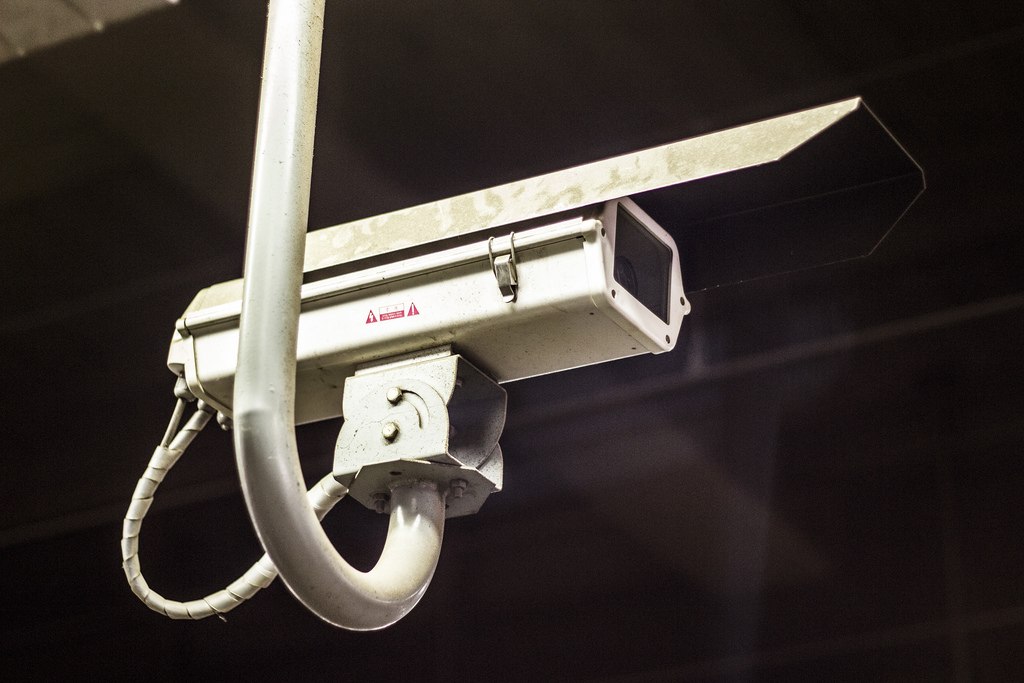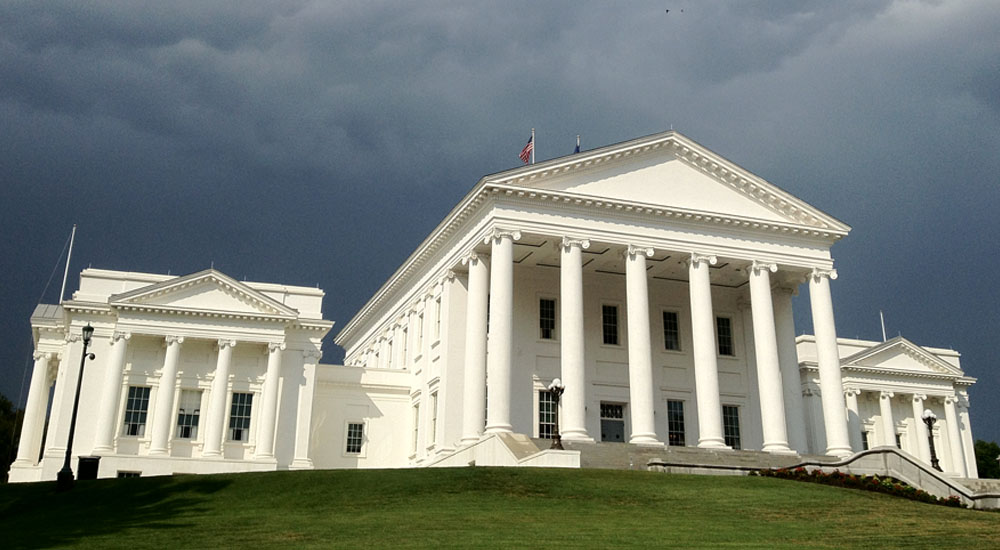Newly-released documents show that the CDC used data from tens of millions of Americans’ cell phones to monitor compliance with lockdown protocols.
The CDC purchased the location data to determine if citizens followed curfew and tracked their movements to schools and churches.
The agency also used it to closely scrutinize the effectiveness of lockdown policies on people living in the Navajo Nation.
Location data tracks your cell phone’s location, revealing where you live, work and travel.
Motherboard, Vice News’ tech reporting section, obtained the documents through a Freedom of Information Act request.
In response, Sen. Ron Johnson (R-Wis.) is leading the charge to hold the CDC accountable.
A press release from the senator’s office explains:
On Thursday, U.S. Sen. Ron Johnson (R-Wis.), ranking member of the Permanent Subcommittee on Investigations, sent a letter to Centers for Disease Control and Prevention (CDC) Director Rochelle Walensky about the agency’s reported use of location data to monitor Americans during the COVID-19 pandemic. A recent report revealed that CDC paid one company $420,000 to access location data “from at least 20 million active cellphone users per day” to examine Americans’ activities in schools, places of worship, parks, grocery stores, and public transit stations.
“It remains unclear why the CDC tracked millions of Americans during the pandemic and whether it continues to do so. In response to COVID-19, the CDC should have been prioritizing the development of treatments, effective testing, and vaccine safety rather than tracking Americans’ daily lives,” the senator wrote.
The senator asked, “Was CDC’s use of location data the only mechanism it employed to monitor Americans during the pandemic?”
Read more about the letter in The Daily Wire.
The full text of the letter can be found here and below.
May 5, 2022
Rochelle P. Walensky, M.D., MPH
Director
Centers for Disease Control and Prevention
Dear Director Walensky:
A recent report revealed that the Centers for Disease Control and Prevention (CDC) spent at least $420,000 to purchase location data from “at least 20 million active cellphone users per day” in an effort to assist the agency in monitoring Americans during the pandemic.[1] According to that report, the CDC obtained location data from at least one company, SafeGraph, to examine activities in schools, places of worship, parks, grocery stores, and public transit stations, among others.[2] CDC reportedly wrote in a document, “the mobility data obtained in this contract will be available for CDC agency-wide use and will support numerous CDC priorities.”[3]
It remains unclear why the CDC tracked millions of Americans during the pandemic and whether it continues to do so. In response to COVID-19, the CDC should have been prioritizing the development of treatments, effective testing, and vaccine safety rather than tracking Americans’ daily lives.
To better understand the CDC’s purchase and use of location data, I request your agency provide the following information no later than May 19, 2022:
- Was CDC’s use of location data the only mechanism it employed to monitor Americans during the pandemic?
- Who at CDC approved the use and subsequent purchase of location data?
- What companies supply CDC with location data? For each company indicate the year(s) in which the data was provided to CDC and the cost of that data.
- Provide all records referring or relating to location data provide by SafeGraph or other companies.
- Provide all CDC studies or reports that relied on the location data CDC received from companies including but not limited to SafeGraph.
- Did CDC share location data with other federal, state, and local agencies? If so, provide what entities received the data and explain why.
Thank you in advance for your attention to this important matter.
Sincerely,
Ron Johnson
Ranking Member
Permanent Subcommittee on Investigations
This article originally appeared in American Liberty New. The opinions expressed in this article are those of the author and do not necessarily reflect the positions of The Republican Standard. Republished with permission.






